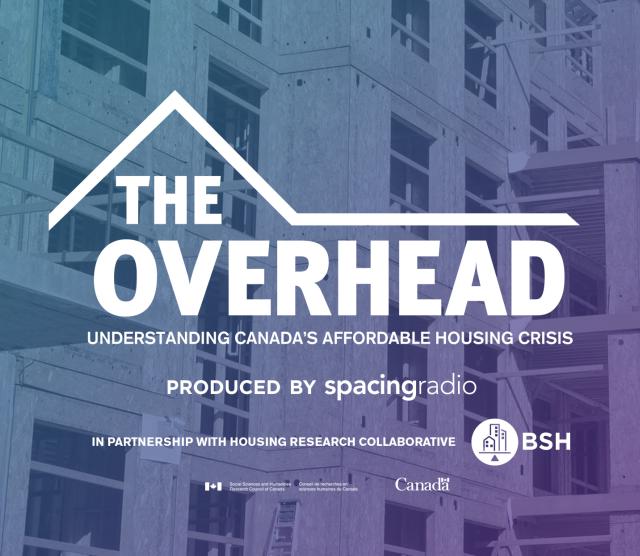Spacing and the Balanced Supply of Housing research node proudly present The Overhead: Understanding Canada’s Affordable Housing Crisis, a special podcast series.
THIS EPISODE: Community Land Trusts
Last season, we talked to a group of people from the Kensington Market Community Land Trust (KMCLT) in Toronto as part of a range of options for non-market housing. Over a year later, we check in with the state of land trusts across the country: where are they, what are their impact, and what do they need to succeed and even scale upward to other communities?
Susannah Bunce, associate professor at the University of Toronto’s Department of Human Geography, has been researching the KMCLT. She has insight into how land trusts can grow and succeed, and the role they play in combatting displacement:
It removes land from the speculative market and holds land, in trust, by the non-profit organization for the purposes of keeping housing and land prices at a lower level for community benefit. That principle of community land trust organizing and the model itself is fundamental to combatting gentrification.
Nat Pace is network director for the Canadian Network of Community Land Trusts, and provides a look at trusts across the country, in communities large and small, urban and remote, and the role they play in increasing equity:
Right now in Canada, we have quite a few examples of equity-deserving communities using the model. There’s a very interesting cluster in Nova Scotia of African-Nova Scotian communities who are looking to develop their own localized community land trusts as a way to create land bases for their communities, and also reclaim land titles that have been lost.
What can land trusts do to provide affordable housing and increase equity in this country?


